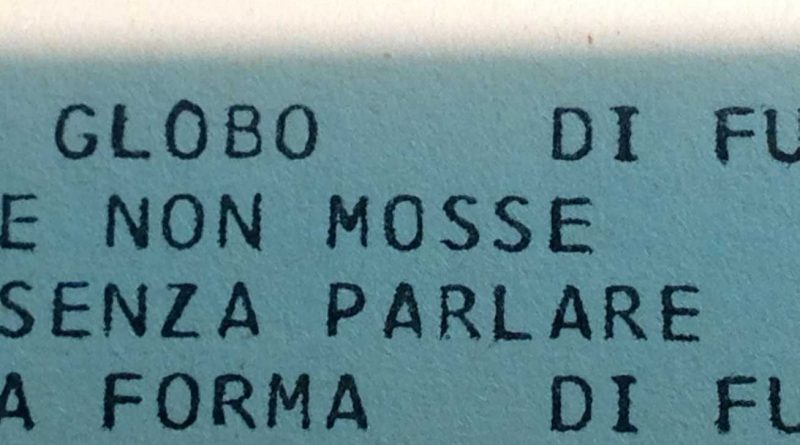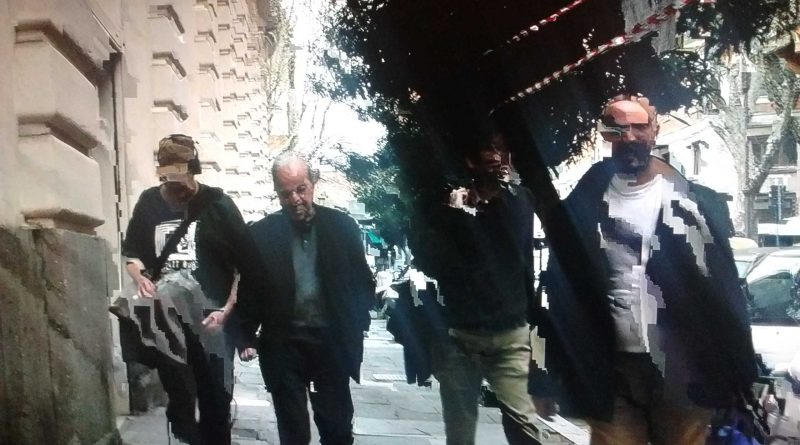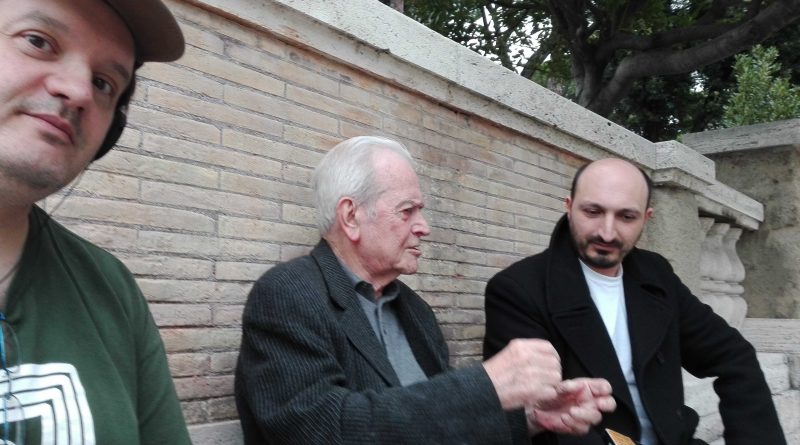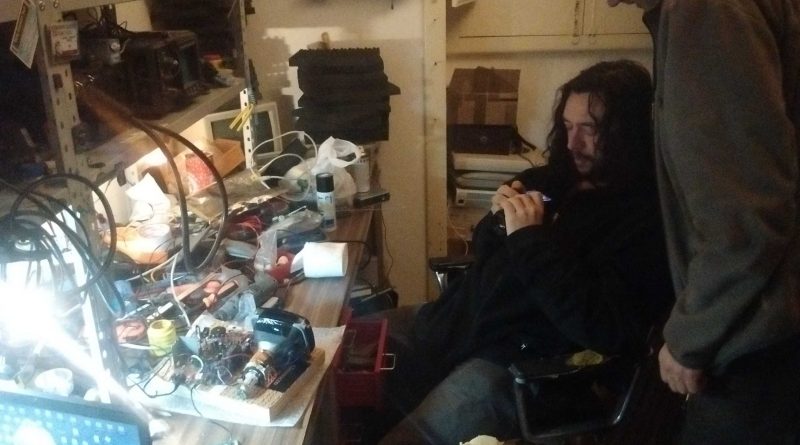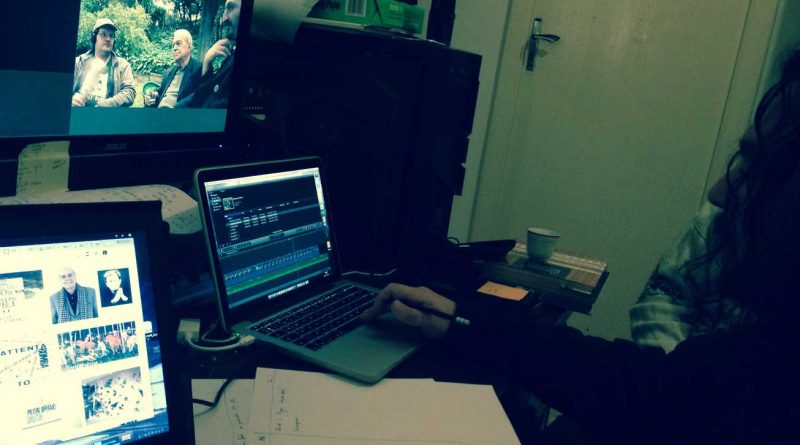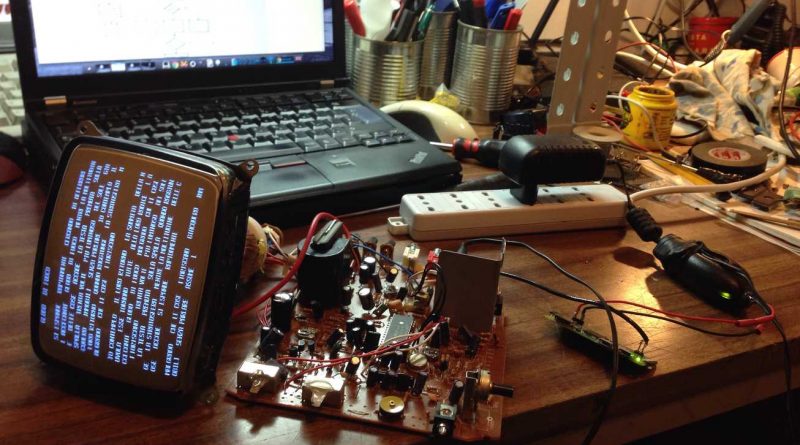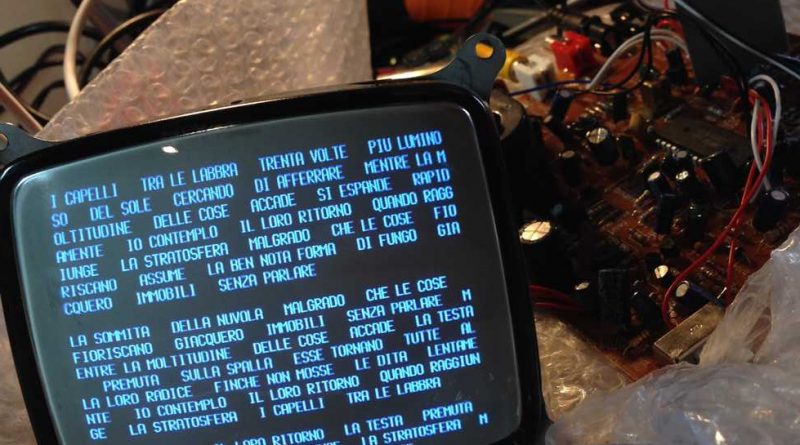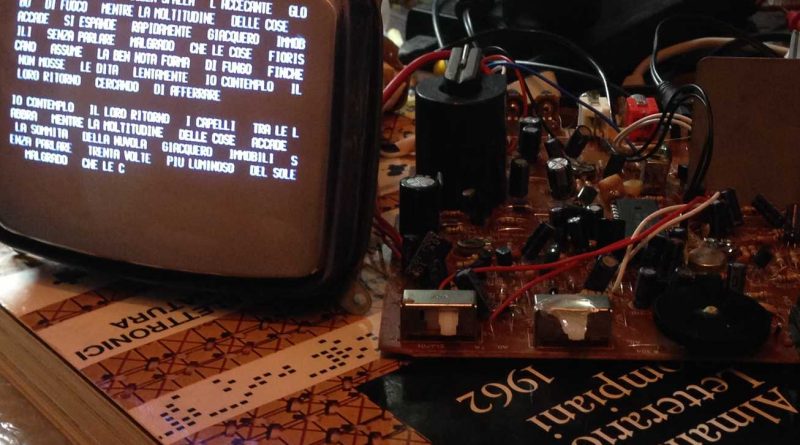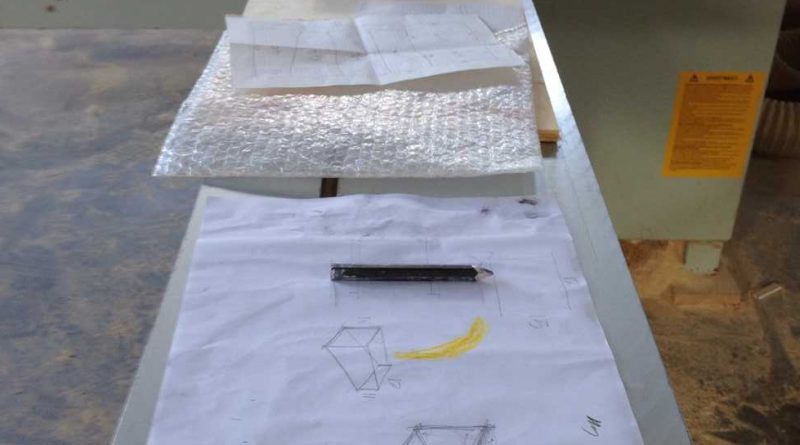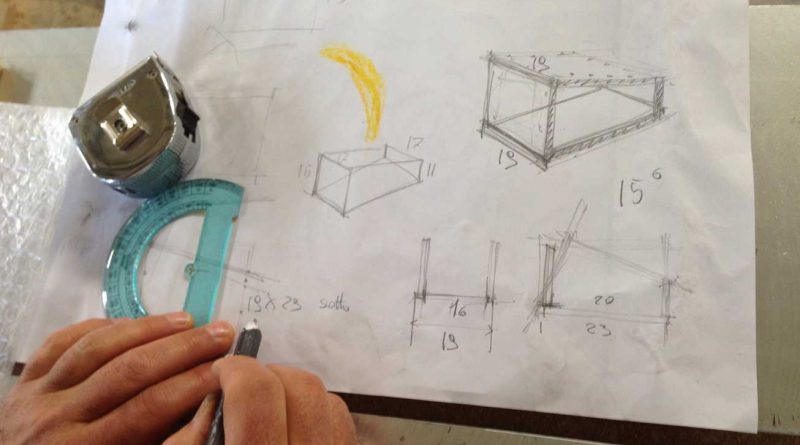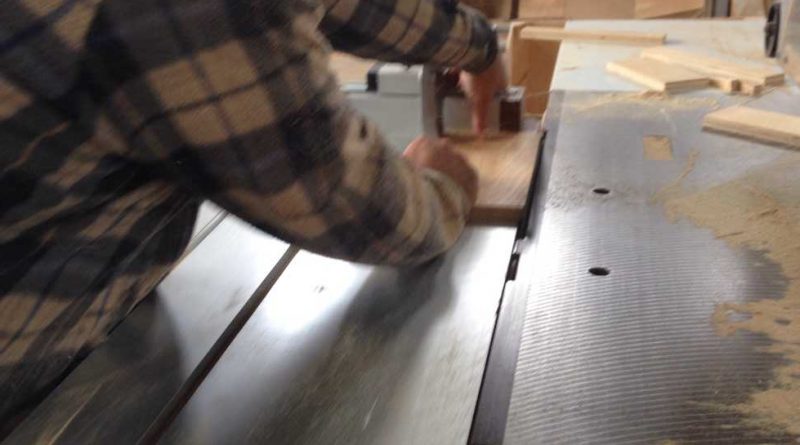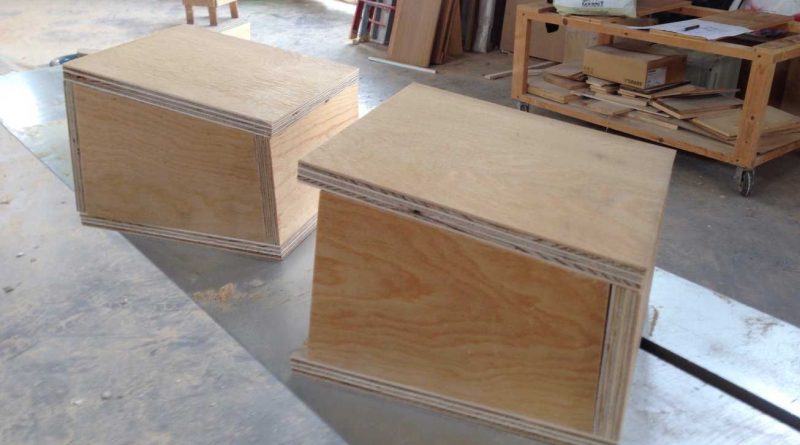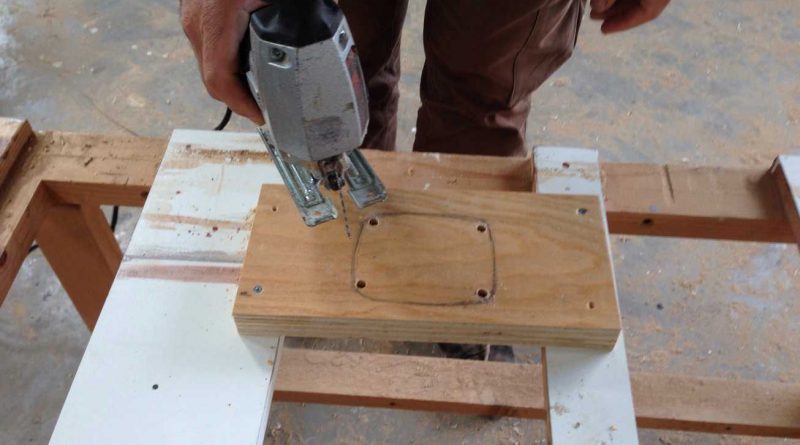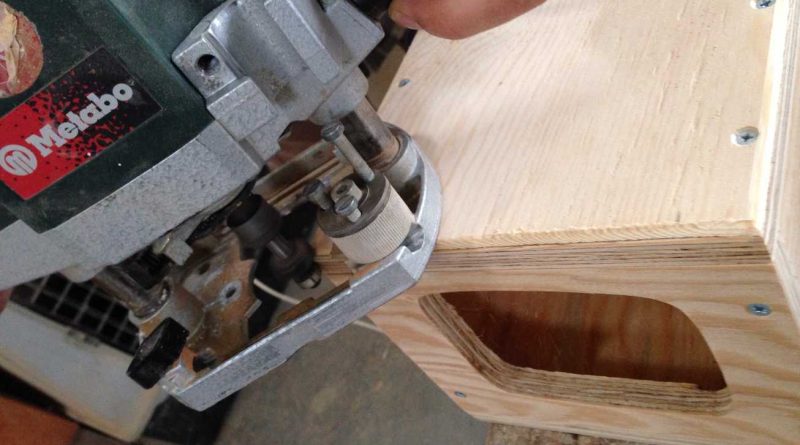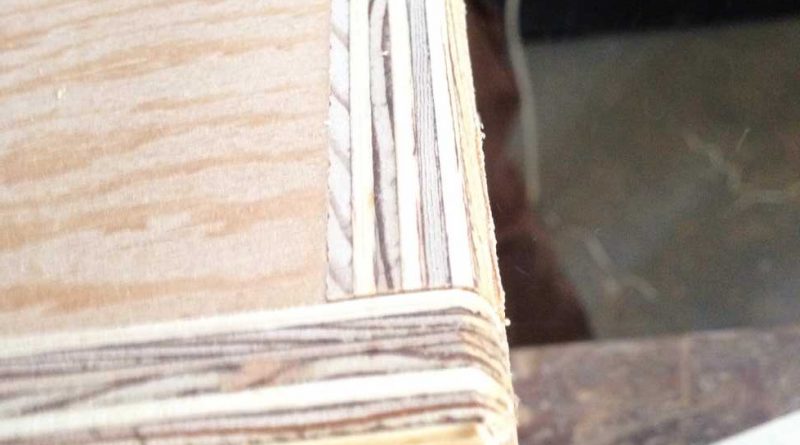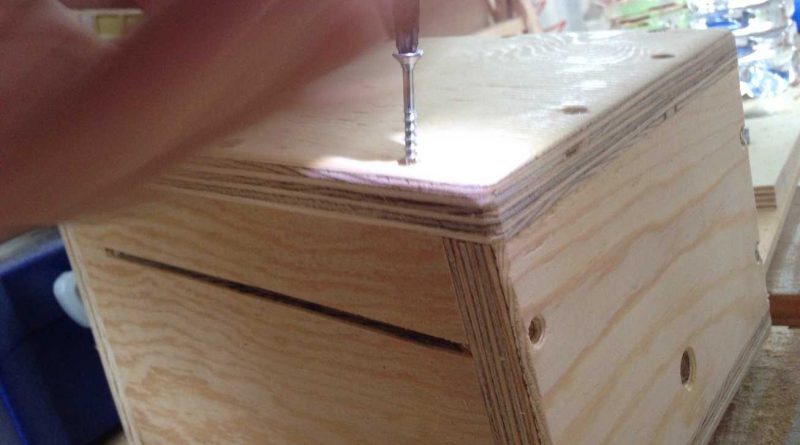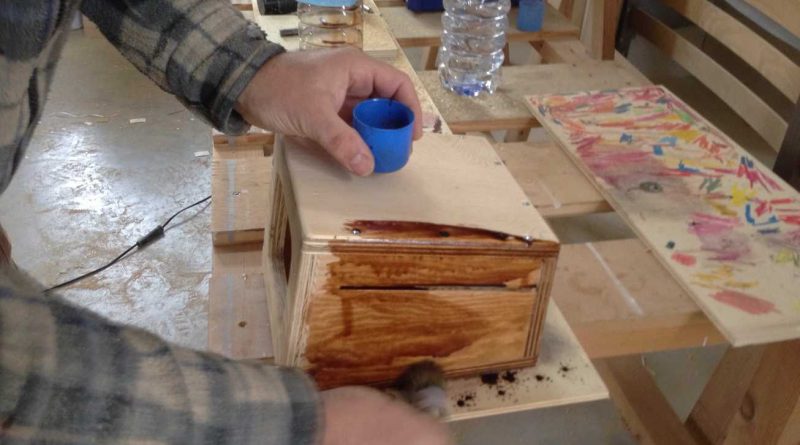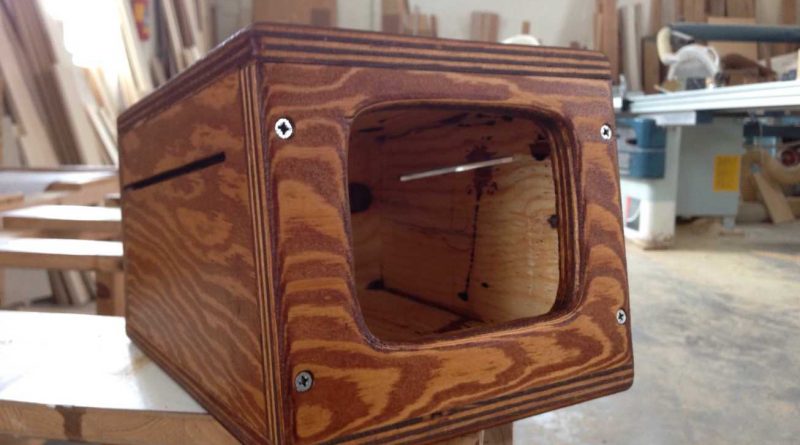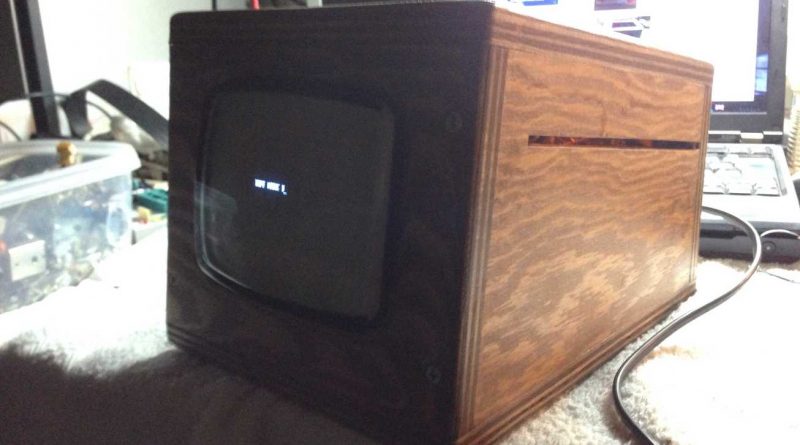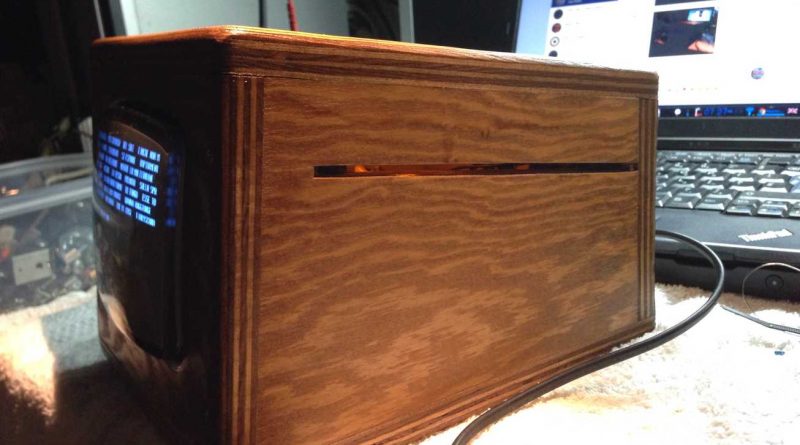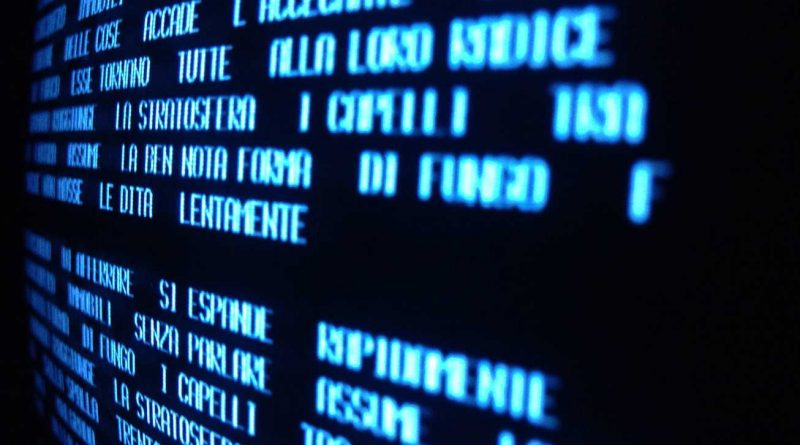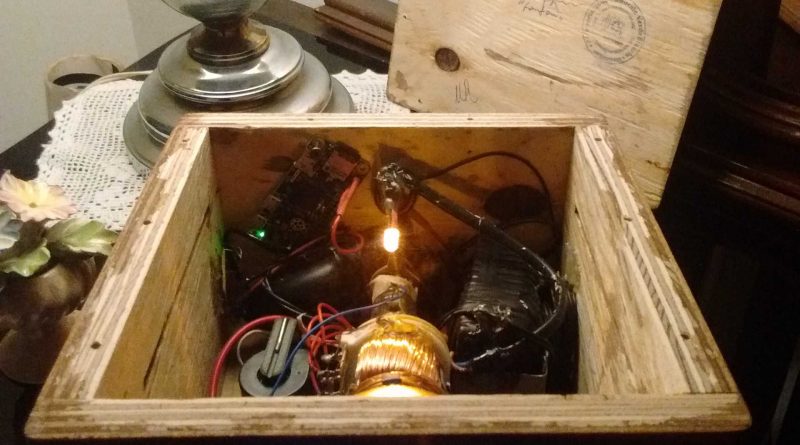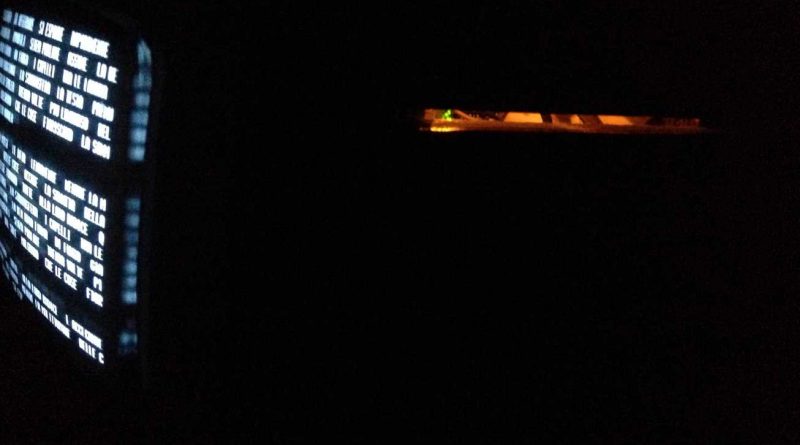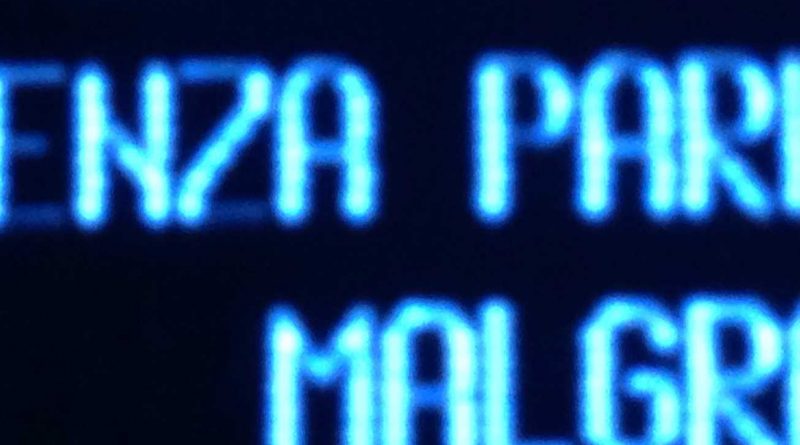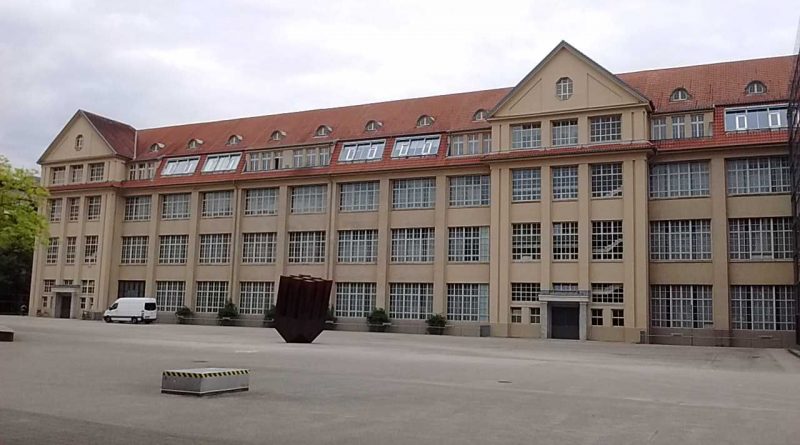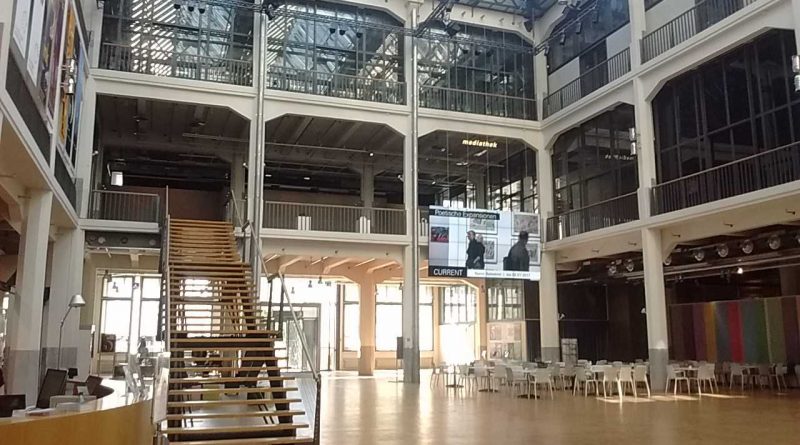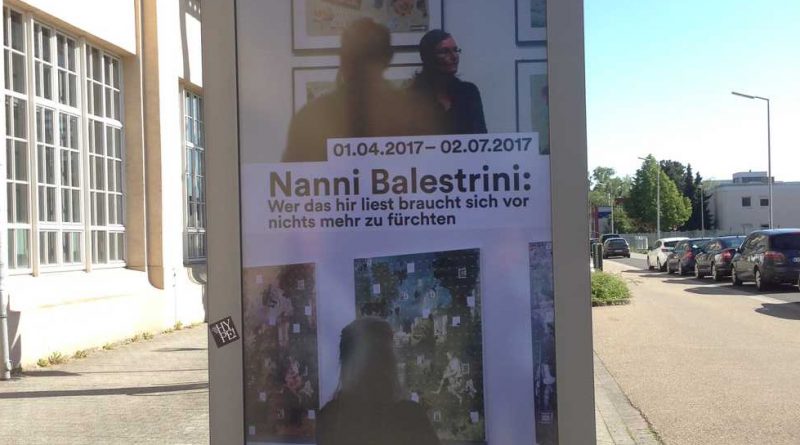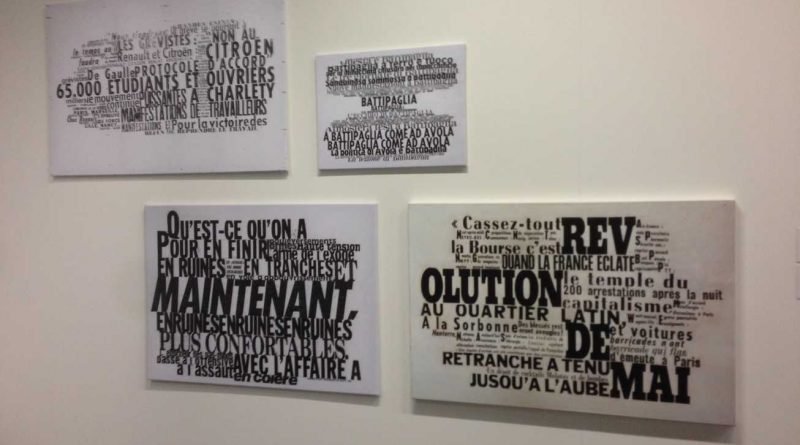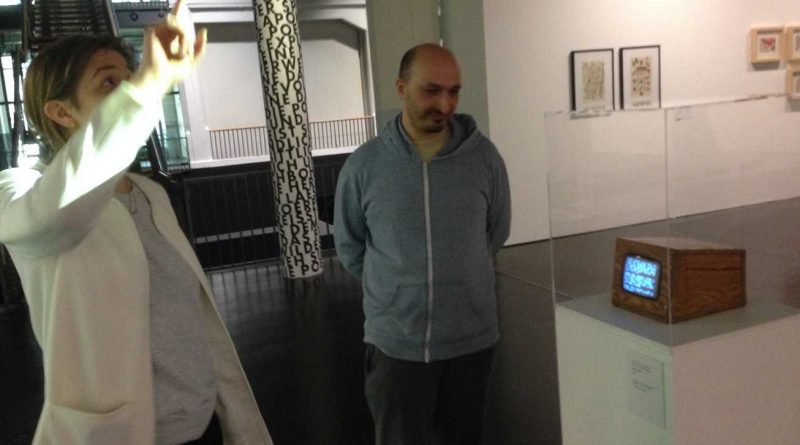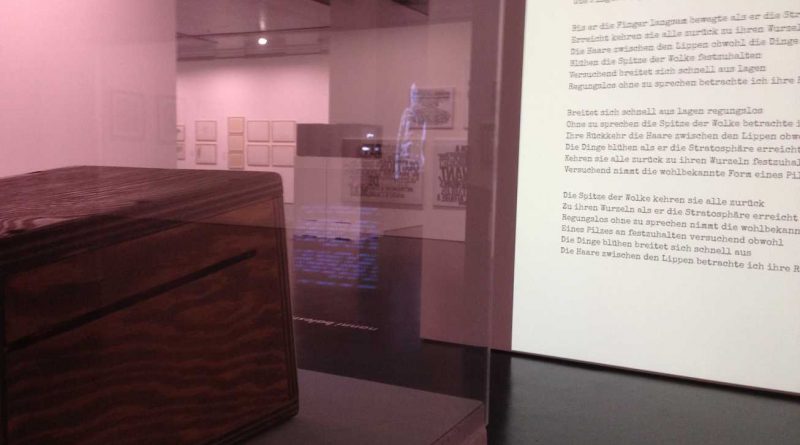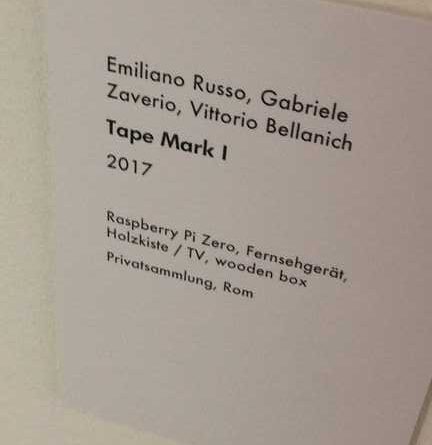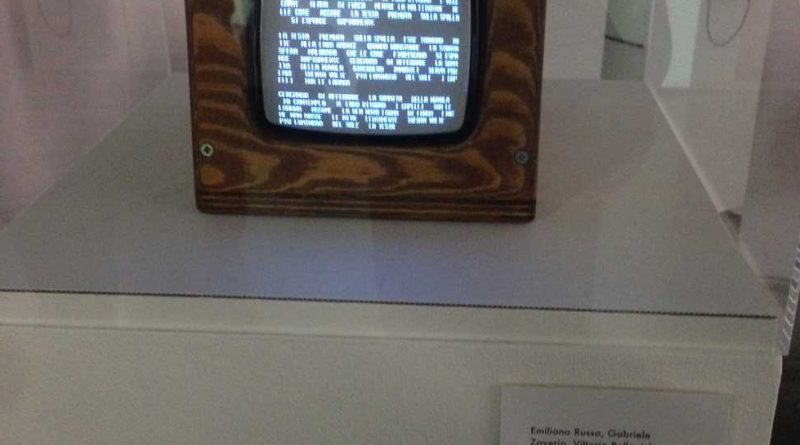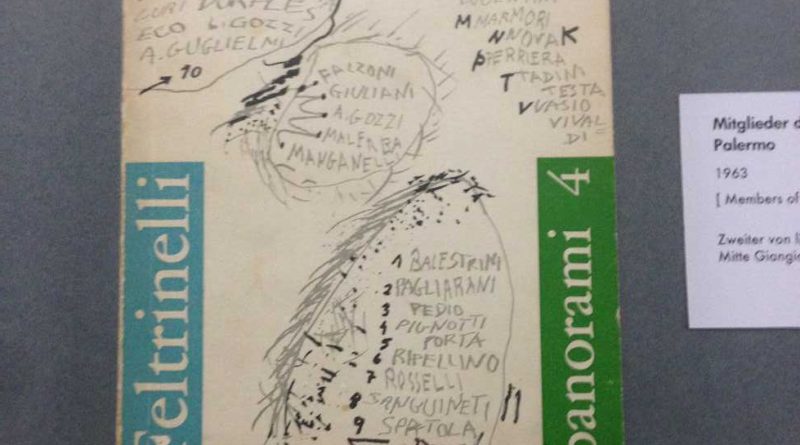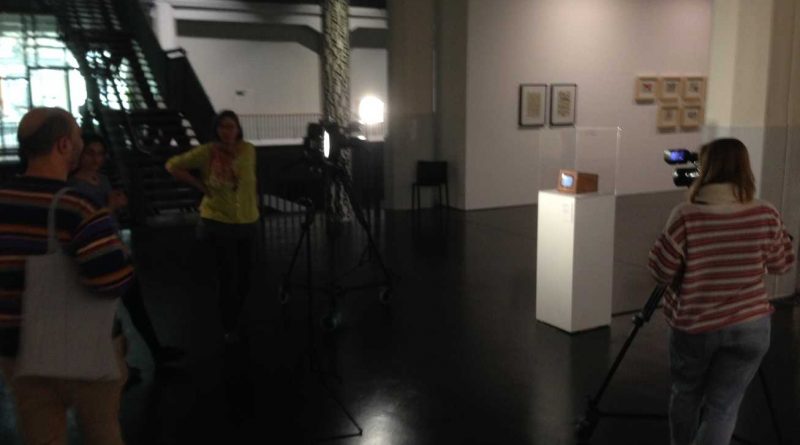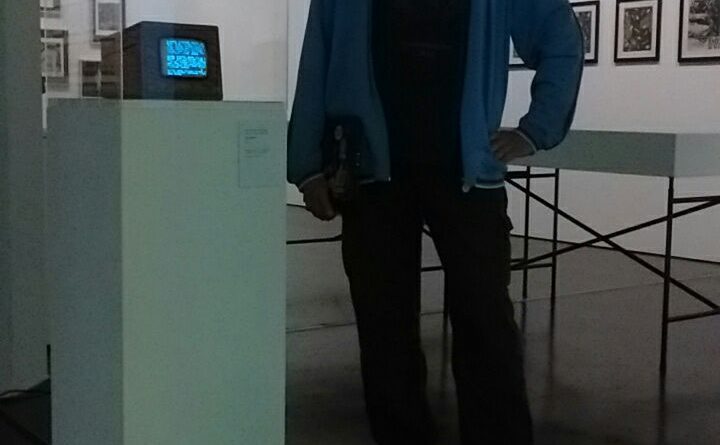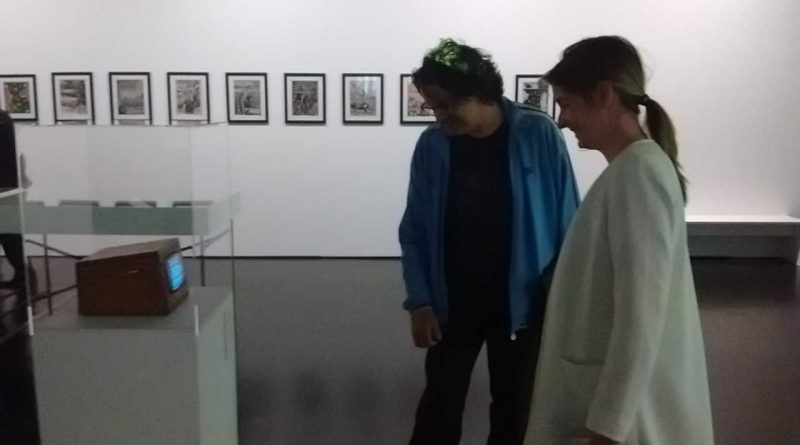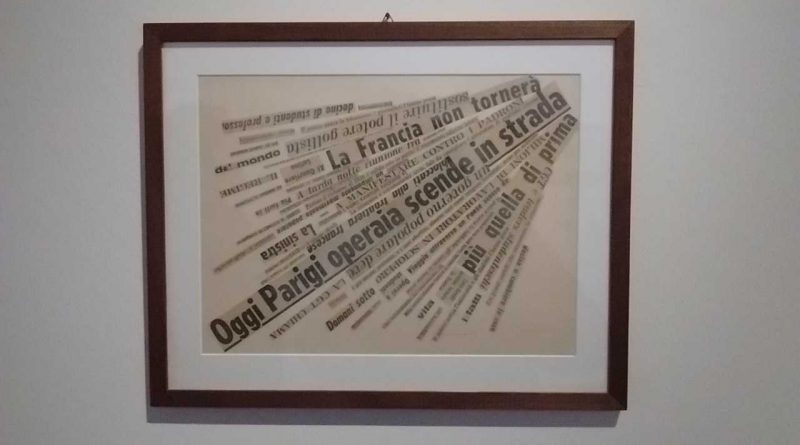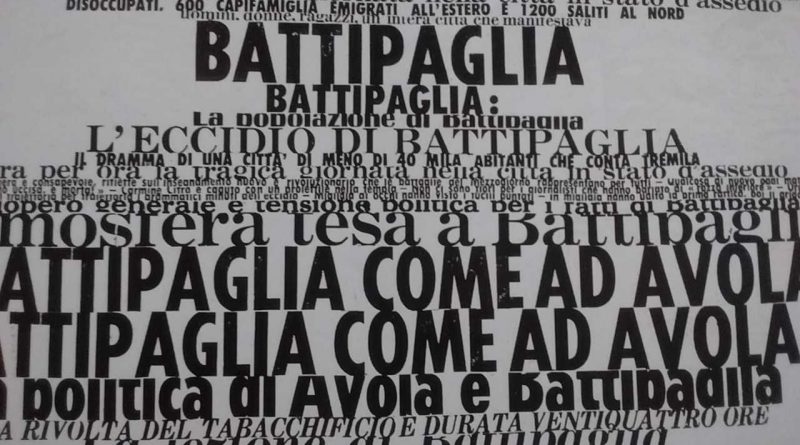TAPE MARK 1, Nanni Balestrini: research and historical reconstruction
A few years ago we acquired two books which had spurred our interest, namely “Computer Graphics – Computer Art” by Herbert W. Franke and “Tre Secoli di Elaborazione Dati” (Three centuries of data analysis) produced by IBM and curated by Roberto De Pra. Both books cited a peculiar literary experiment which took place in Milan more than fifty years ago.
Back in 1961 Nanni Balestrini,who was at that time starting his career as a poet and writer, decided to use a computer to recombine poems of other authors in new and original ways, generating a potentially infinite source of poetic verses. This event took place in December 1961 in Via Verdi in Milan, in the basement of the “Cassa di Risparmio delle Provincie Lombarde” (a local bank). Among the public was also the writer and philosopher Umberto Eco, and the composer Luciano Berio.
By using an algorithm invented by Balestrini, which consisted of a mixture of randomness and simple deterministic rules to shuffle and recombine sentences and verses, the computer generated a long printout, from which the poet selected a few verses that he found particularly interesting. The name of the new poem was derived from the name of one of the magnetic tapes used as a mass storage by the IBM 7070 computer during the experiment.
We have always been fascinated by such kind of creative blending of science and art, and we believe that the work of a computer museum should focus not only on preserving and restoring electronic devices, but also on understanding the social and human aspects that have characterised the evolution of the information society. Moreover, we have always loved Nanni Balestrini and his works, and we were really impressed by the fact that his experiment took place fifteen years before the beginning of the so-called “computer revolution” (at a time when there was just a handful of computers across Italy), and about ten years before the term “Computer Art” was invented (Cybernetic Serendipity, 1968).
At that time, the data processing center of the “Cassa di Risparmio delle Provincie Lombarde” had an IBM 7070, connected to 14 magnetic tape units 729/II, and two IBM 1401. With the help of the IBM engineer Alberto Nobis, Balestrini tranformed the set of combination rules he had invented into a flow-chart, which was then translated into a set of instructions in the symbolic language “autocoder”, using 322 punch cards. The computer read the punch cards and translated them into a set of 1200 machine code instructions. Finally, the program and the data on which it would have worked (three fragments chosen from Hisoshima Diary by Michihito Hachiya, The Mystery of the Elevator by Paul Goldwin, and Tao Te Ching by Lao Tse) were written on a magnetic tape.
Then, the computer executed the program, which just selected parts of those poems, put them into temporary memory locations, recombine them, put them back on tape, read some other parts, recombine them with those present in memory, write them back on tape, and so forth. The program took about six minutes for each generated stanza, and the final result was printed on dozens meters of printing paper at a speed of about 600 lines per minute. Balestrini examined the whole sequence and selected a fragment of six consecutive stanzas which he found interesting.
The whole process is documented in detail in the “Almanacco Letterario Bompiani 1962 – le applicazioni dei calcolatori elettronici alle scienze morali e alla letteratura”, together with the result. To the best of our knowledge, no other poem has been ever published together with such a detalied description of the techniques used to create it. However, this does not come at a surprise if you know Balestrini and his persistent interest for the formal aspects of composition and for the impossible challenge of removing the author from a creative process. As Umberto Eco briallintly put it, Balestrini is the only author “who has never written a single word on his own” during more than fifty years of career as a successful writer: all his works consist of a recombination of fragments taken from other publications, or from recorded conversations.
Back to our times, our idea was to reconstruct the original program used by Balestrini in 1961, so that we could reproduce his experiement on a modern computer. We chose to write from scratch a new program that implemented the four recombination rules defined by Balestrini, since all the details of the original implementation, from the flow-chart to the machine code, were tightly depending on the hardware and resources of the IBM 7070.Our program (written by Emiliano “fanfani” Russo of MIAI in Autumn 2014) was written in Python.
Given the obvious differences between our implementation and the original one,we wondered whether this kind of reconstruction was legitimate at all, i.e., if it was able to accurately reproduce not just the functioning of the original program, but also the original idea. Hence, also encouraged by Federico Bonelli (MusIF / Dyne.org), we decided to interview the poet, in order to record his view on the event and to clarify a few doubts about our reconstruction.
In particular, we were eager to ask to Balestrini what constituted the piece of art, exactly. Was it the original event in 1961? Or was it the original software? Or, rather, the poem he chose from the hundred meters of papers spit out by the computer? Or those hundred meters of papers themselves? Or just the four recombination rules and the data on which they operated? Or, maybe, a combination of these things altogether?
Thanks to Franco Piperno, a Professor in Physics at the University of Cosenza and historic leader of “Potere Operaio” (an organisation of which Nanni Balestrini belonged himself) we were able to get in touch with Balestrini and to interview him. The result was a video interview in which the poet recounted the historic event in 1961, explained the ideas behind it, and told us about his career and several interesting anecdotes. More importantly, he clarified our doubts by using a simple analogy to describe our reconstruction: the program is like a drama script, and the event happened in 1961 was just one of its staging, as was our reconstruction.
Just one year after the interview, when the footage was going through the first stages of editing and post-production, we met Balestrini again to show him a preliminary version of the video. At the same time, we told him about our failure in retrieving the original materials (listings, punch cards, tapes, images) from the Archivi di Bompiani, IBM and Fondazione Cariplo, and in tracing back Alberto Nobis, the engineer who had helped him back in 1961.
During this meeting, we bestowed him a special present: a small wooden black-and-white cathodic TV box that reproduces the poems generated by our software, run by a SBC inside it. He so much liked the object (built by Emiliano “fanfani” Russo at MIAI, Gabriele “asbesto molesto” Zaverio at MusIF, and Vittorio Bellanich) that he offered us to include it among the specimens of his personal exposition at ZKM in Karlsruhe curated by Margit Rosen, from where we are now writing this article 🙂
Our box, which reproduces the TAPE MARK 1 in its original language (Italian), is exposed in front of another reconstruction of the same TAPE MARK 1 software by Daniel Heiss and Margit Rosen, which projects the output on a white wall translated in German. The visual result is that of two installations that “talk” to each other.
Our software is available for download from: https://github.com/fanfani/TAPE-MARK-1
The video interview with Nanni Balestrini is here: https://www.youtube.com/watch?v=8i7uFCK7G0o, in italian language with english subtitles.
A short video about the building of our TAPE MARK 1 prototype:



